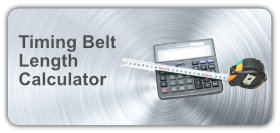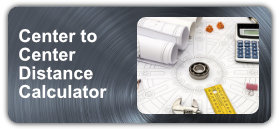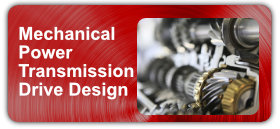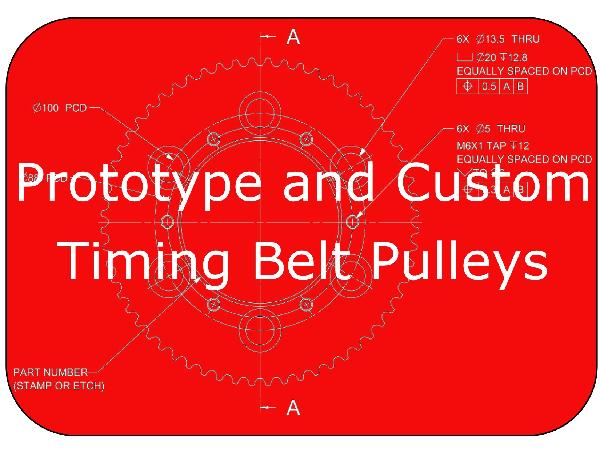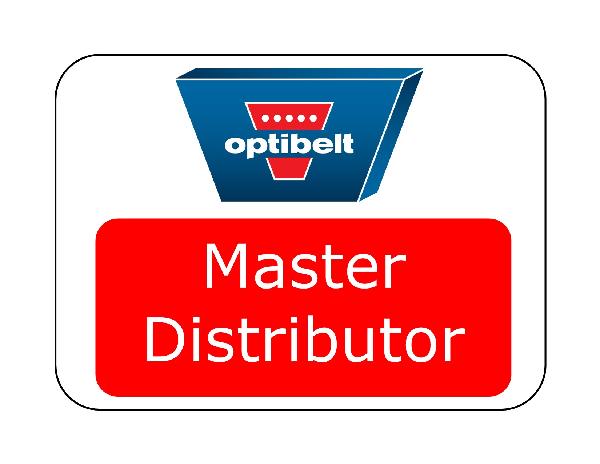Timing Belt & Timing Belt Pulley Installation
The following section provides details on the installation and tensioning of timing belts and timing belt pulleys. This fundamental information for installing a timing belt drive is the same, regardless of timing belt type or size. The information presented in these sections was gathered from our own research and development and also from multiple manufacturers including (Continental ContiTech, Gates, Opti Belt, Goodyear (Veyance Technologies, Inc.), Mitsuboshi (MBL), etc.) technical resources.
Timing Belt - Installation
The following is an installation guideline designed to combat problems resulting from improper installation of timing belt drives.
Timing Belt Pulley - Installation
Special care has to be taken with the installation of timing belt pulleys. Being aware of the problems associated with a poor installation job will save you time and money. Misalignment is often one of the most common causes of drive performance problems.
Timing Belt - Tensioning
Proper tensioning cannot be stressed enough, to loose of tensioning will cause the timing belt to ratchet (tooth jumping), while too tight of tensioning will possibly cause damage to the bearings, shafts and other drive components besides dramatically reducing timing belt life. The correct timing belt tension is the lowest tension at which timing belts will transmit the required mechanical power and not ratchet teeth when the drive is under a full load.


